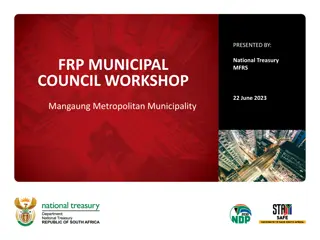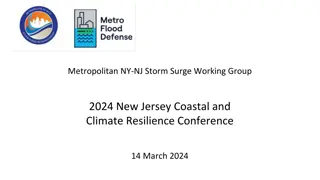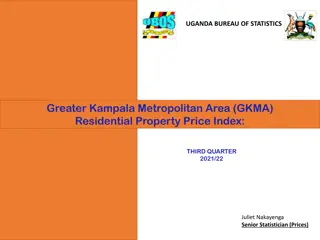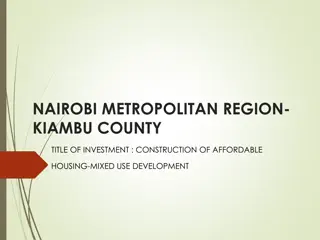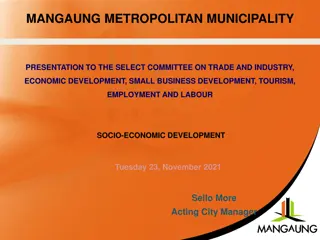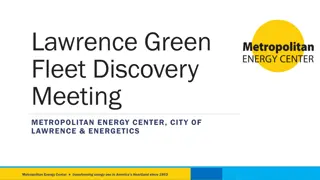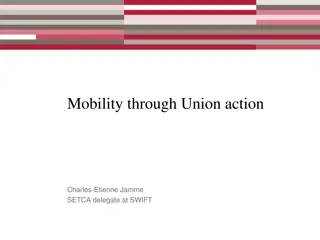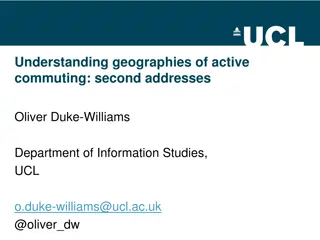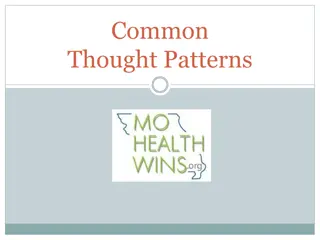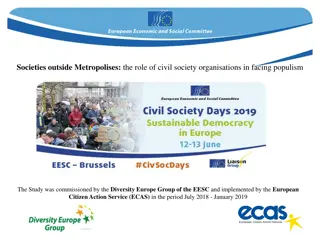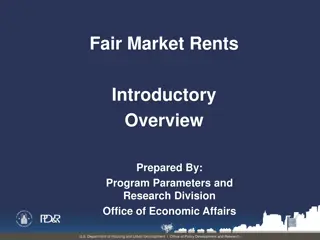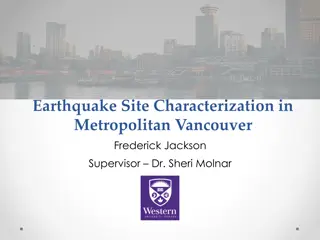Changes in Commuting Patterns in Moscow Metropolitan Area
Spatial behavior patterns in Moscow commuting, shopping, and dacha visits have evolved over time, influenced by factors like distance to Moscow, job opportunities, and economic conditions. The shift in commuter demographics, travel frequency, and purposes reflects a complex interplay of urban development, transport infrastructure, and societal changes in the region.
Uploaded on Mar 01, 2025 | 1 Views
Download Presentation

Please find below an Image/Link to download the presentation.
The content on the website is provided AS IS for your information and personal use only. It may not be sold, licensed, or shared on other websites without obtaining consent from the author.If you encounter any issues during the download, it is possible that the publisher has removed the file from their server.
You are allowed to download the files provided on this website for personal or commercial use, subject to the condition that they are used lawfully. All files are the property of their respective owners.
The content on the website is provided AS IS for your information and personal use only. It may not be sold, licensed, or shared on other websites without obtaining consent from the author.
E N D
Presentation Transcript
Irelands population The population of Ireland has increased from less than 3 million in 1970, to almost 5 million in 2020. This has resulted in the growth of many towns and cities throughout the country. As our housing needs change, so too do the types of homes and settlements that we build.
Rural Ireland in the 1980s Rural Ireland in the 1980s was dotted with detached farmhouses and bungalows.
Housing estates Over the years, a large number of new homes have been built in rural Ireland. Many of these are houses in large and medium-sized housing estates that cater for the growing population.
Apartments The population of many main towns and cities has grown substantially since the 1970s. To meet the high demand for housing, many apartment complexes have been built.
Amenities As towns and cities have grown, there has been an increased demand for additional shops and caf s. Many new office units have also been built in urban areas.
Amenities Many old houses in towns and city centres have been modified into units for shops and offices. A good example of this is the old Georgian houses on Dublin s George s Street.
Suburbs Settlements on the outskirts of main towns and cities are called suburbs. In the 1970s, suburbs were made up of housing estates with three- or four-bedroomed, semi-detached houses.
Suburbs Housing estates built in the suburbs since the 2000s often include a mix of apartments, and terraced, semi-detached and detached houses.
Suburbs These mixed housing estates reflect the diverse needs of Ireland s changing population. A variety of residents, such as single occupants, couples, groups of students or young professionals, and families are catered for.
Dublin Docklands Dublin Docklands is a great example of changing settlements in Ireland since the 1970s. It has seen a lot of change over the years. The area had become very run down in the 1980s because the shipping industry in Ireland had declined.
Dublin Docklands During the Celtic Tiger in the 1990s, as the economy began to boom, the demand for homes and offices in the city centre rose. The government decided to repurpose land in Dublin Docklands for housing and offices.
Dublin Docklands Today, Dublin Docklands is a hub for business and cultural activities. It is home to the International Financial Services Centre (IFSC), the 3Arena, the Bord G is Energy Theatre, the Convention Centre Dublin and a number of hotels, apartment complexes and offices.
Illustrations Shutterstock Beehive


